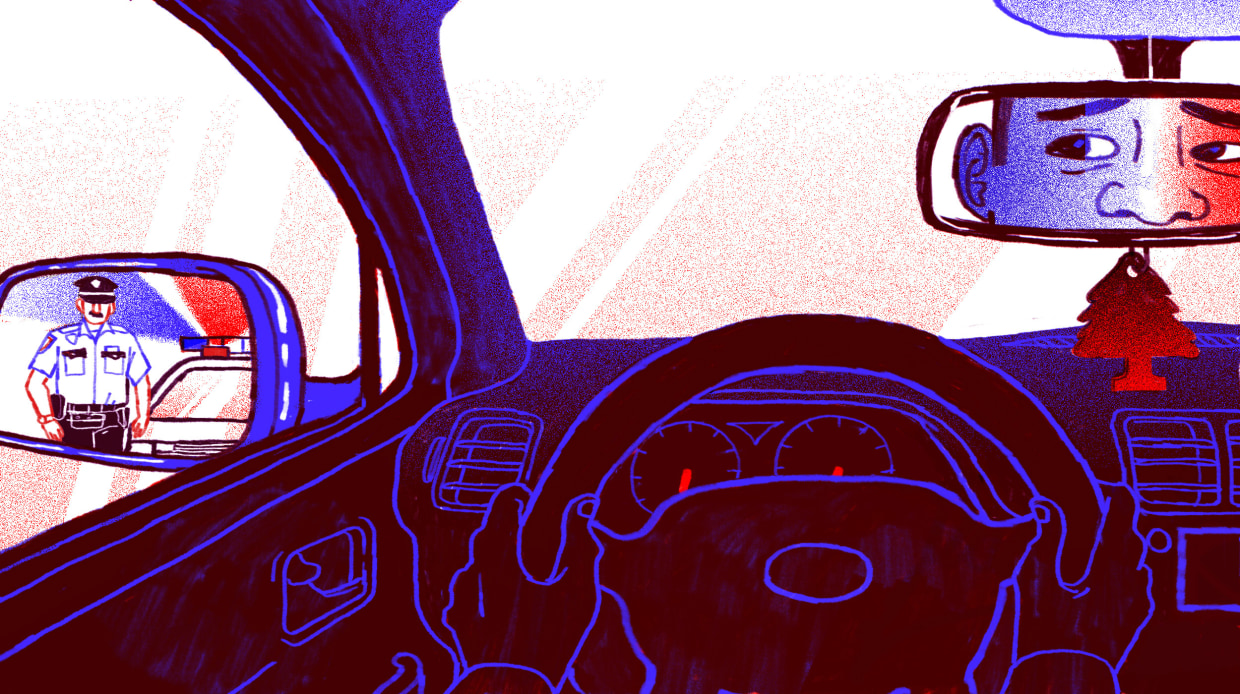
To reduce racial inequality in the U.S. criminal justice system, local, state, and federal government should explore ways to reduce police stops and searches, jail detention, prison admission, and long sentences, says a new report from the National Academies of Sciences, Engineering, and Medicine.
The report recommends governments explore coordinated policy reforms across each stage of the criminal justice system — pointing to drug sentencing reform, providing “second look” provisions for long sentences, eliminating revocations of community supervision for technical violations, and eliminating the death penalty as examples of reforms that could reduce racial inequality while maintaining public safety. Moreover, governments should also explore reforms that address economic, environmental, educational, and public health disparities.
Reducing Racial Inequality in Crime and Justice: Science, Practice, and Policy says research has documented substantial racial and ethnic disparities in the criminal justice process. Black Americans, Latinos, and Native Americans all experience higher rates of arrest, pre-trial detention, incarceration, and community supervision compared to White people. While racial disparities in incarceration have declined over the last two decades, these communities still face relatively high rates of imprisonment. The impacts of disproportionate contact with the criminal justice system for Black, Latino, and Native American communities also persist.
Racial inequality in criminal justice is tied to current and historical inequalities in crime and neighborhood conditions, says the report. Because of these ties, criminal justice reforms that aim to reduce inequality could be amplified by also addressing social inequalities.
“Research tells us that the relationship between racial inequality in criminal justice and racial inequality more broadly is a pernicious and persistent feedback loop,” said Khalil Gibran Muhammad, professor of history, race, and public policy at Harvard Kennedy School and co-chair of the committee that wrote the report. “These perpetuating effects of inequality can lead to continual criminal justice involvement for individuals, severely impacting neighborhoods and communities.”
Trends in Criminal Justice Disparities
The report highlights key trends in crime and criminal justice disparities, including:
- Homicide Victimization – Racial disparities among those who are victims of homicide have grown since 2010, with Black Americans, Native Americans, and Latinos at higher risk of being homicide victims than Asian Americans or White individuals. These disparities grew as homicide rates rose sharply from 2014 to 2016, and again between 2019 and now.
- Police Interactions and Arrests – Police officers stop and search Black Americans at rates higher than those from other racial and ethnic groups.
- Pre-trial Detention – Per-capita jail populations for Black Americans averaged well over three times the rates for both White individuals and Latinos between 2005 and 2019.
- Sentencing and Correction – The Latino-White incarceration rate disparity narrowed from 1999 to 2018, along with a decline in the Black-White disparity in incarceration. For Native Americans, however, there was a widening in incarceration rates relative to White people.
- Community Supervision – The probation population dropped by almost 20 percent between 2007 and 2019, but an overrepresentation of Black Americans, Latinos, and Native Americans remained.
Community-Driven Approaches to Advance Safety and Racial Equity
“With a rise in urban homicide rates since 2020, there have been calls to scale back recent criminal justice reforms. But research shows it is possible to improve outcomes for communities that feel the worst effects of criminal justice inequality without increasing crime,” added Bruce Western, Bryce Professor of Sociology and Social Justice and director of the Justice Lab at Columbia University, and committee co-chair. “Violent crime is a racial equity issue, and there are many significant examples of reducing crime while also reducing racial disparities in the criminal justice system.”
The report recommends federal and state agencies explore the significant expansion and evaluation of community-driven programs to improve safety and reduce harm from the criminal justice system. Community-driven approaches include initiatives in which residents build capacity to prevent violence through violence interruption programs, or efforts to enhance accountability and transparency among law enforcement. Research shows suggestive but incomplete results as to the effectiveness of community-driven approaches, and additional research is needed, as results are mixed across studies and locations, the report says.
Federal agencies and philanthropic organizations should also support research examining tribal models of justice, to better understand the potential for Indigenous-based approaches to be used in non-tribal communities and to reduce racial inequalities. The report recommends additional research to provide data on views of resident safety. Research funders should support a variety of research methodologies to expand the available evidence base from which to build solutions. The report also emphasizes the importance of engaging communities that have direct experience with the criminal justice system as partners in policy design, implementation, and research.
The study — undertaken by the Committee on Reducing Racial Inequalities in the Criminal Justice System — was sponsored by Arnold Ventures, Bill & Melinda Gates Foundation, National Academy of Sciences’ Cecil and Ida Green Fund, National Academy of Sciences’ W.K. Kellogg Fund, Robert Wood Johnson Foundation, Russell Sage Foundation, the Joyce Foundation, and William T. Grant Foundation.


Leave a Reply